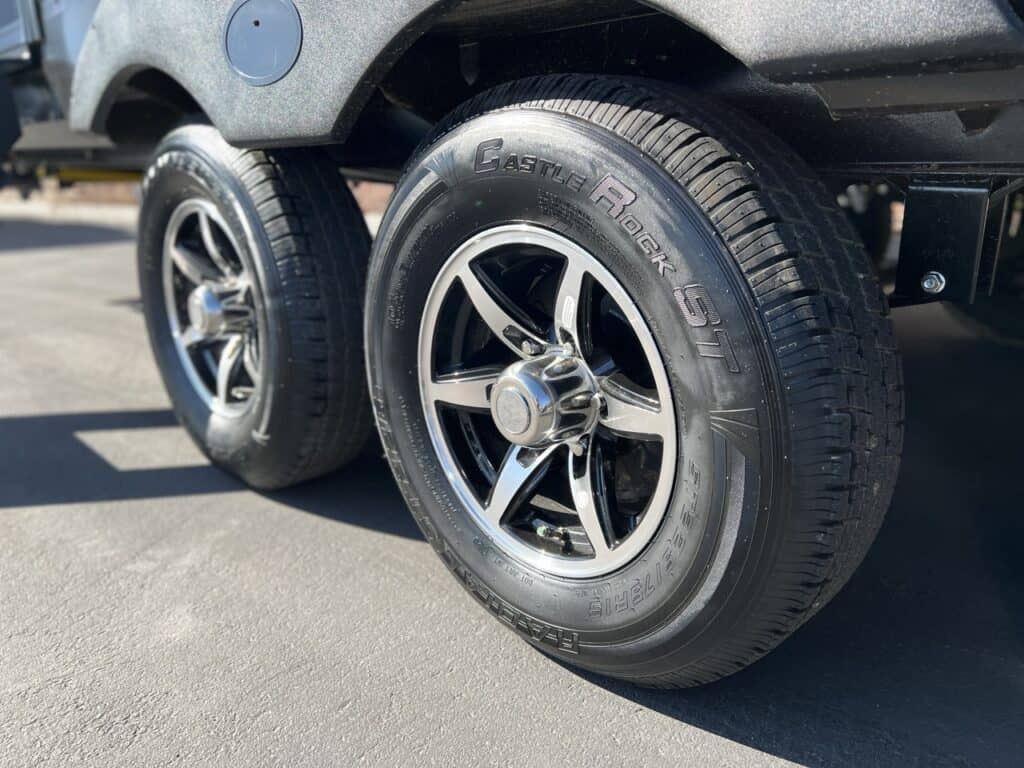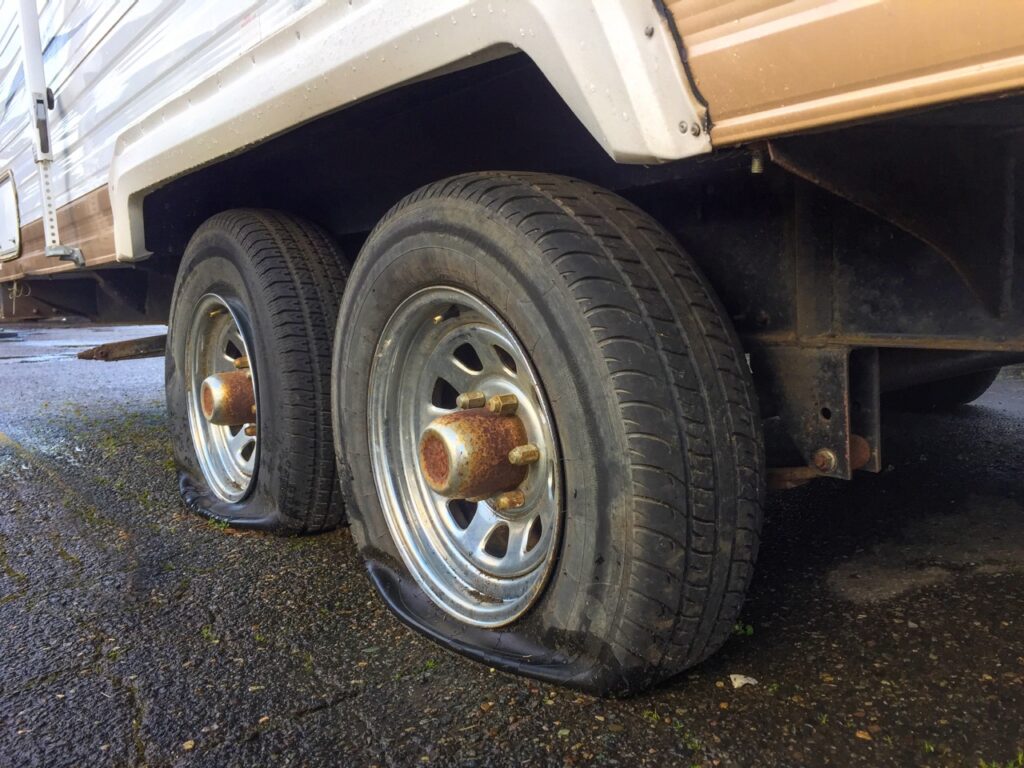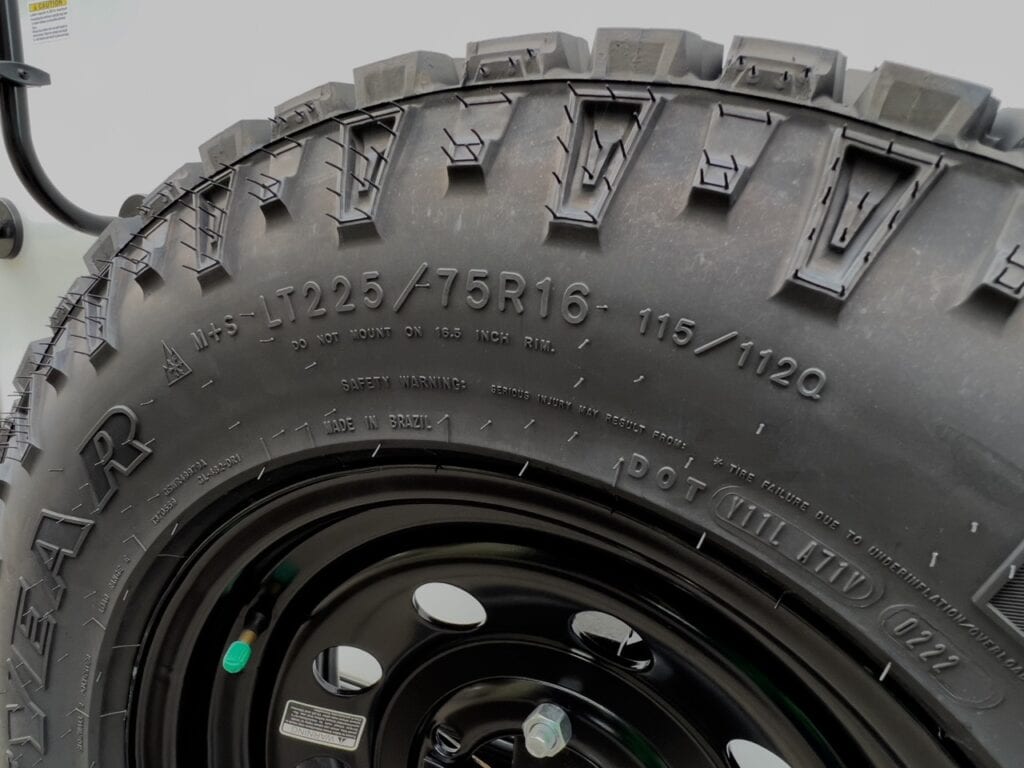Important Propane Safety Tips For RVers
It’s hard to find anyone who doesn’t use propane as part of their RV experience. Propane gets used in RVs for cooking, refrigeration, and heating. Outside of the RV, propane has a host of other uses like firing up the barbecue or propane fireplace. The use of propane is so common, it’s easy for RVers to take propane safety for granted.
Propane is a colorless, odorless gas that is compressed into a liquid. Since propane is a highly noxious gas that can kill quickly if a leak goes undetected, gas companies add a rotten egg smell to it. This smell helps us detect propane leaks before they can poison us. When handled correctly, propane is a stable, safe, and convenient fuel.
1. Know what to do if you smell gas.
If you already smell the rotten egg smell of a propane leak in your RV, here’s what you should do:
- Extinguish all flames and turn off indoor valves like the one on your stove.
- Turn the propane cylinder valve off.
- Leave the area of the leak immediately.
- Be aware that propane is heavier than the air we breathe. Being closer to the ground, children and pets are more vulnerable to propane’s toxic effects than adults.
2. Always store and transport propane tanks secured in an upright position.
In its compressed liquid state, propane is stored in metal propane cylinders. All propane cylinders are designed with a safety relief valve that will cause propane to leak out if the liquid propane inside comes into contact with the valve. This leaked propane vaporizes immediately and the resulting vapors could either ignite or cause propane toxicity.
Secure your tanks for use and transport them using the harnesses that come with your rig. If you need to take portable tanks in for a fill-up, secure them in the back of your pick-up truck using a milk crate, tie-downs, or a propane stabilizer.
3. Store and transport propane outdoors.
Don’t store or transport propane tanks inside your RV or your vehicle. If you have to take them for a refill, transport your propane tanks secured in the back of a pickup truck. This is for two reasons:
- If there is a propane leak inside your vehicle, you could die or be trapped in a fiery inferno.
- If you are in an accident and firefighters attend, they will be focused on getting you and your family out of your vehicle. They’ll be using all the tools they need to do that. If they don’t suspect there is a propane tank inside your vehicle, a spark from a metal cutting tool could be disastrous.
Propane-related accidents can be catastrophic and are avoidable. Make sure you are on a safe route by planning your travels with RV LIFE Trip Wizard; you can simply select propane and RV-friendly routing options under the Routing & Driving tab to be automatically routed around tunnels that prohibit propane.
4. Keep propane valves turned off during travel.
One of the most hotly contested topics among RVers is whether you should run the fridge on propane during travel. On one side, there are RVers who passionately say they do it all the time without issue. On the other side, there are some RVers who don’t want to risk it all for keeping their food and beverages cold.
The fact is, when we are traveling on highways and gravel roads with our rigs, they are subjected to shaking that can be equivalent to that of an earthquake. The parts of the propane system that make it function can theoretically be damaged during movement. All it takes is a small spark or your RV refrigerator’s flame and you could be standing by the side of a highway, inhaling the carcinogenic fumes of your burning RV or worse.
The trick to avoiding this ugly and unexpected scene is to simply keep your propane valves turned off during travel. Your RV fridge is designed to keep its contents cold for a few hours even if it’s off. For longer trips, you can always store cold food and beverages in a cooler, and then store them in the RV fridge when you get where you are going.
5. Keep propane cylinders cool.
Keep propane cylinders in a cool place. Don’t expose them to heat above 120 degrees F. At 120 degrees, propane can start leaking or even combust.
On really hot days, it won’t hurt to use Reflectix, aluminum shade cloth, or even ice to help keep your propane tanks cool. Given the high flammability of propane, it’s a good idea to always keep propane cylinders away from flames.
6. Propane cylinders should be replaced when necessary.
Propane cylinders have a useful lifespan of 10 years in Canada or 12 years in the USA. There is a stamp on the collar of the tank that will give you the date of manufacture so you can tell how old it is.
In addition, propane cylinders should be carefully checked for excessive rust, corrosion, and wear and tear. Out of date or worn out propane cylinders can often be returned to anywhere that sells propane.
7. Inspect valves and hoses and regulators for leaks frequently.
Your entire propane system should be inspected at least once per year. It’s best to get a certified RV technician to do this, but there are a few components close to the cylinder that you can easily check yourself and swap out if necessary. You can easily check them by spraying soapy water on them and watching for bubbles. by





.jpg)



